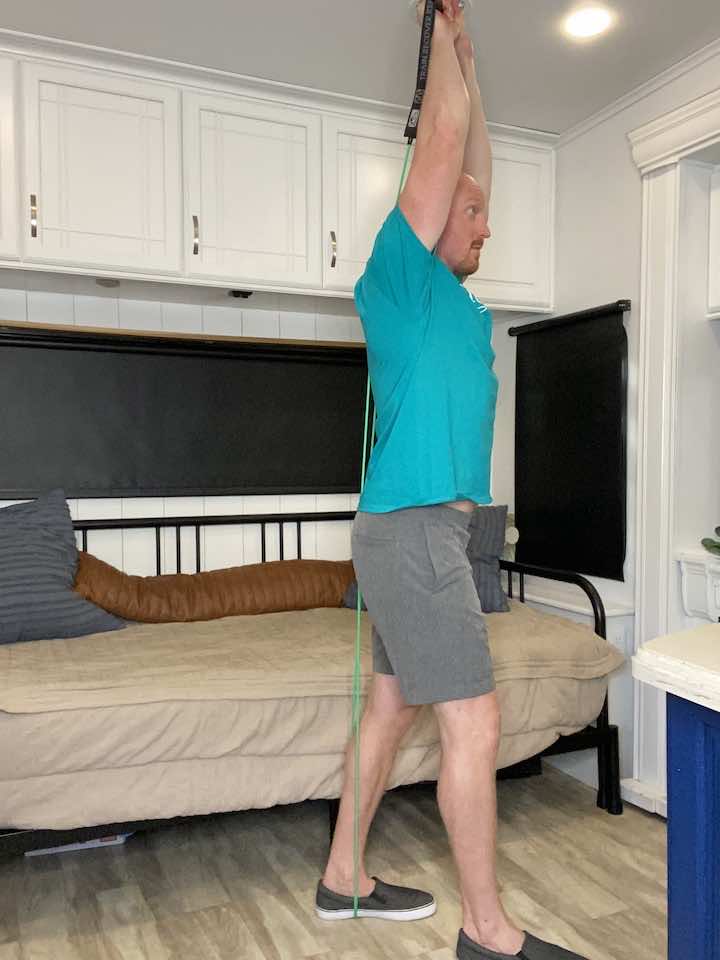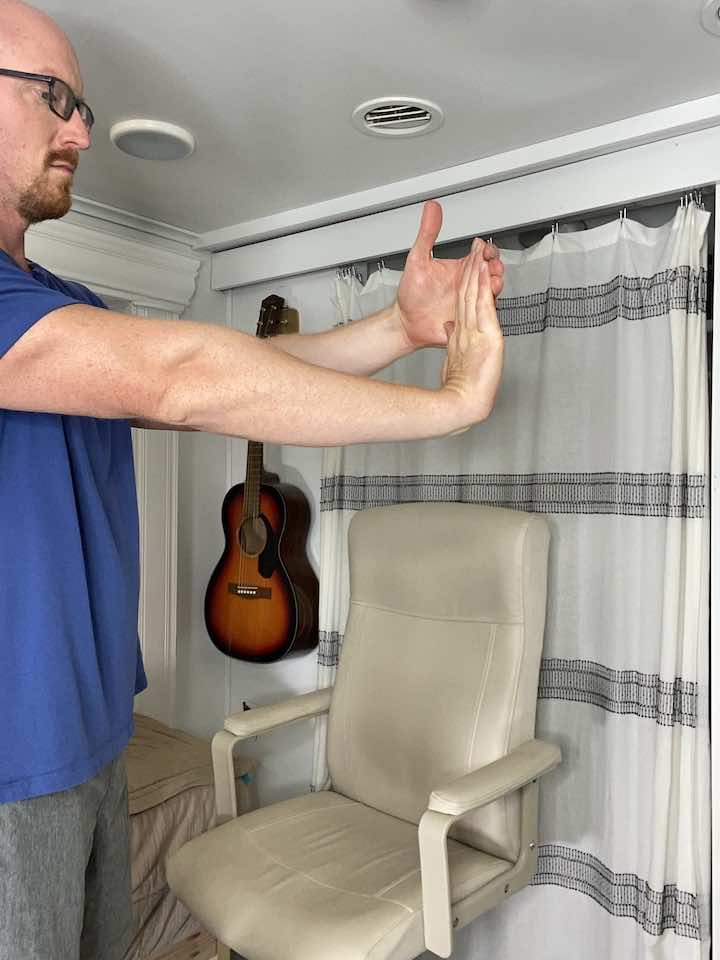Free download: Top 10 Natural & Easy Remedies for Joint Pain from Home. Learn these helpful remedies.
Estimated Reading Time: 5 minutes read
Living with Epicondylitis can be a real challenge. This painful condition, which involves inflammation of the tendons that join the forearm muscles on the outside of the elbow, can make simple daily tasks feel impossible. Fortunately, a targeted therapeutic exercise program can help manage symptoms and enhance elbow function.
Epicondylitis, also known as tennis elbow, can impact anyone who frequently uses their wrists or clenches their fingers. It’s not limited to athletes but can affect manual laborers, office workers, and hobbyists alike. This condition can lead to persistent discomfort and limited elbow mobility when left untreated.
Table of Contents
Recognizing and Alleviating Epicondylitis Pain
Epicondylitis can be categorized into two types based on the region of discomfort:
1. Lateral Epicondylitis: If there’s aching on the outside of the elbow, using the back (dull side) of a butter knife or your other hand to massage tight muscles on the back of your forearm for 1-5 minutes can help. This eases the pressure off the elbow, providing relief.


2. Medial Epicondylitis: If there’s aching on the inside of the elbow, apply the same technique as above but focus on the front of your forearm. A similar 1-5 minute massage can alleviate the tension and pressure on the elbow.


Exercises for Epicondylitis
A combination of strengthening and stretching exercises can be beneficial for overall symptom management and recovery. Here is a suggested routine:
1. Wrist Flexion Stretch with Resistance Band


- Position yourself just like with wrist extension, only this time the palm should be facing up towards the ceiling, with the wrist straight.
- You can again use either a resistance band (light, medium or heavy) anchored under your foot or a light-free weight (2-3 lb).
- Slowly flex the wrist (moving the palm towards you), then return to neutral.
- Repeat 10 repetitions for 3 sets.
2. Wrist Extension Stretch with Resistance Band


- Position yourself seated with the working arm supported on a table, such as your coffee table. The wrist and hand should be hanging off the edge of the table.
- The palm should be facing down towards the floor, with the wrist straight.
- You can use either a resistance band (light, medium or heavy) anchored under your foot or a light-free weight (2-3 lb).
- Slowly extend the wrist (moving the top of the hand back towards you), then return to neutral.
- Repeat 10 repetitions for 3 sets.
3. Forearm Supination


- Begin positioned just like you were for forearm pronation.
- This time, slowly turn the forearm until the palm faces up towards the ceiling, then return to your starting position.
- Repeat 10 repetitions for 3 sets.
4. Forearm Pronation


- Begin seated in a chair with the elbow supported on a surface (e.g., kitchen table).
- Position the forearm and wrist so that the thumb is facing the ceiling.
- Slowly turn the forearm until the palm faces down towards the surface, then return to your starting position.
- Repeat 10 repetitions for 3 sets.
5. Bicep Curls


- Begin standing with your feet shoulder-width apart, and your knees slightly bent.
- Hold a dumbbell in each hand with your palms facing forward and arms fully extended at your sides.
- Slowly bend your elbows, curling the dumbbells towards your shoulders while keeping your upper arms stationary.
- Pause briefly at the top of the movement, then slowly lower the dumbbells to your starting position.
- Repeat for 10 repetitions for 3 sets.
6. Tricep Extension with Resistance Band


- Stand in the middle of the band with one foot, holding the other end of the band with both hands.
- Extend your arms straight up above your head.
- Lower the band behind your head, bending at the elbow and keeping your elbows pointing forward.
- Extend your arms back up, straightening your elbows.
- Repeat the movement for 10 repetitions, then switch to the other arm.
- Aim for 3 sets of this exercise.
7. Wrist Flexion Stretch


- Straighten your arm and bend your wrist forward as if signaling someone to “come.”
- Use your opposite hand to gently apply pressure across the back of your hand and pull it towards you until you feel a stretch on the top of your forearm.
- Hold for 30 seconds.
- Repeat 5 times, then move to the other arm.
8. Wrist Extension Stretch


- Straighten your arm and bend your wrist as if signaling someone to “stop.”
- Use your opposite hand to gently apply pressure across the palm and pull it toward it until you feel a stretch inside your forearm.
- Hold for 30 seconds.
- Repeat 3 times, then move to the other arm.
Always remember to listen to your body and stop if any exercise causes pain. While these exercises can be performed at home, consulting with a physical therapist or healthcare professional is beneficial to ensure proper form and technique.
Conclusion: Your Path to Recovery
In conclusion, managing Epicondylitis can be achieved through a combination of targeted massage and a well-structured exercise routine. This holistic approach not only alleviates pain but also enhances overall elbow functionality.
However, do not hesitate to seek professional medical advice if the pain persists or intensifies over time. Your journey to recovery is a marathon, not a sprint. Here’s to better elbow health and pain-free days ahead!











